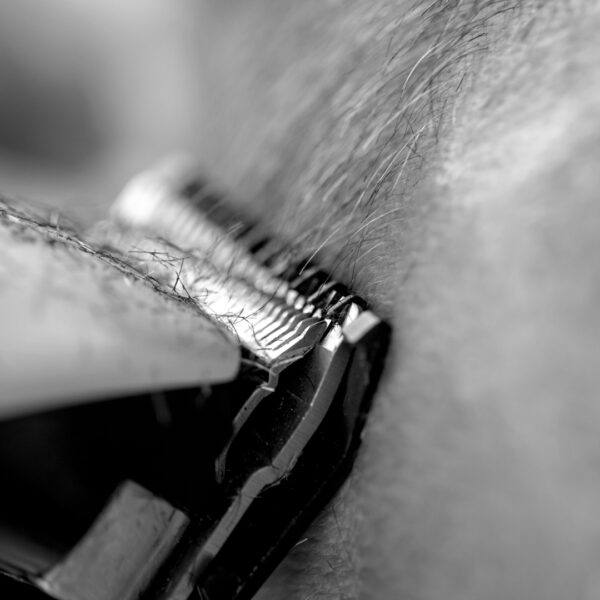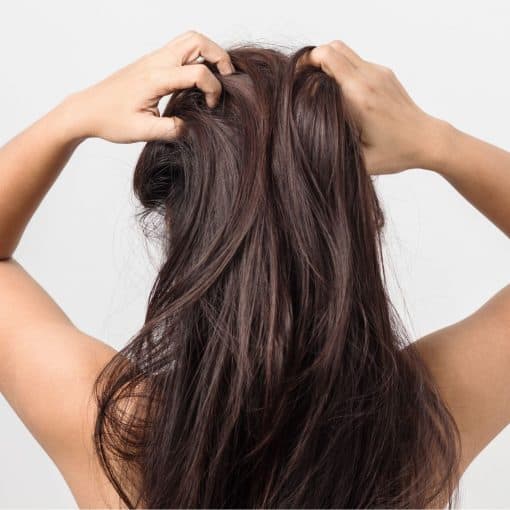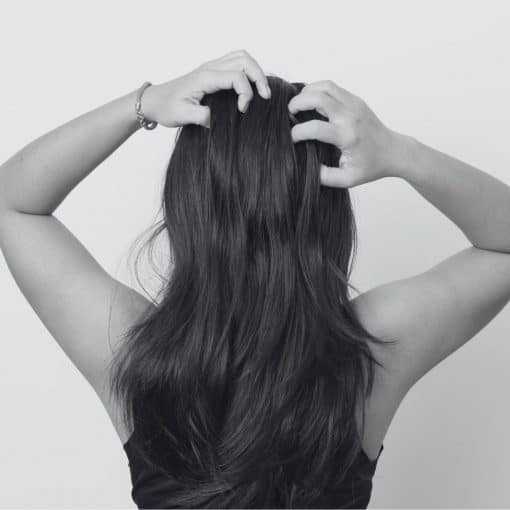
To cut or not to cut, before chemotherapy treatment?

Blog by Guest Contributor, Aderans Hair Centre Trichologist Elizabeth
When facing treatment for cancer one of the most distressing side effects can be the loss of your hair. It may be that you are able to use scalp cooling as an option to preserve your hair during treatment, but this isn’t available to all and even with scalp cooling some hair may still be lost.
The most important thing to remember is that the question of whether to cut your hair or not is a very personal decision and you shouldn’t feel pressured into a decision too soon. You may have cultural or religious reasons for not wanting to cut your hair. This applies to all hair types including Afro, Asian and Caucasian.
Here are commonly asked questions and answers that may help you make an informed decision.
Should I cut my hair short?
This is entirely up to you, if and when you cut your hair. Understanding the time scale of hair loss may influence this decision, by talking to your nurse or health care professional who will explain when the hair loss may begin. For the majority of chemotherapy treatments this can start 10-14 days after your first treatment. This can be a very anxious time and cause huge distress. For some, cutting their hair prior to this period can help them feel more in control.
If you have decided to try the cold cap to prevent hair loss it is important that your hair is in great condition, as it is essential you can comb your hair with a wide tooth comb to prevent tangles. So, a trip to the hairdresser to remove any dead ends would be worthwhile. It can also be advantageous to have some length to disguise any areas that look thinner during treatment. There is no reason not to cold cap if you have short hair already, but you don’t need to cut your own hair to cold cap.
How short should I go?
Once again this is up to you. There is no optimum length, it’s a personal choice that suits your hair, your style and how it makes you feel.
Cutting the hair in stages can help you adjust to how you see yourself as things change. I think its important to remember that hair only grows approximately 1 cm per month so it could be many years before your hair is back to the length it was prior to treatment.
Shorter hair can be easier to maintain at a time when you may not have the energy or inclination to fuss over your hair.
When your hair is shorter the losses can seem less distressing.
Shorter hair won’t rub against clothing causing friction which can aid hair fall and be noticeable on your clothing and surroundings.
Who should cut my hair and how?
If you do decide to take all your hair off, it is best done with clean guarded clippers. Once again who you get to do this is a personal choice. The Aderans Hair Center offer this service in a private room with a stylist who can also advise on wigs, scarves and different types of hats. There are also many hairdressers who have an understanding of hair loss due to chemotherapy through organisations like My New Hair who would be very empathetic to your situation and accommodate your needs. You may ask a close friend or relative to perform the cut, or it may even be something that you want to do alone. Using guarded clippers would enable you to go shorter in stages and protect the scalp from cuts which could result in an infection in the wound. It is not advisable to use a close razor for the same reason, to avoid cuts or abrasions, and prevent Folliculitis, inflammation of the follicle. During treatment you are more vulnerable to infection and wound healing can take longer.
The scalp can become more sensitive during treatment making the cutting of your hair at the time of fall more painful, but certainly doesn’t exclude cutting hair at any stage of your treatment.
For many cutting their hair off gave them a sense of control and alleviated anxiety about if and when hair loss would happen.
Wig fitting
Visiting a wig salon before there are any changes to your hair can assist the stylist in the choice of wig you can wear as an alternative. Wearing a wig can seem very daunting initially so trying some on and see how they feel can make the transition less so. You may wish to go for a wig that is very like your own hair or you may feel ready for a change of style or colour. The decision is yours. A synthetic wig is a good call when going through treatment as they are very low maintenance as they do not need styling. Even after washing they return to their original style, unlike human hair that would need styling. Synthetic wigs have moved on and are indistinguishable to human hair. Many can tolerate a certain amount of heat so can be styled if you wanted that option. Cost is another factor. Human hair wigs are much more expensive and as your hair loss isn’t permanent, a synthetic wig would be more economical, but once again it is personal preference.
Hats, scarves and other head wear.
You may decide that you just want to wear a head covering. This is not just for appearance, the scalp would be vulnerable to changes in climate, so a head covering would protect the scalp from changing temperatures as well as protection from the elements like sun and bad weather. Things to bear in mind with any head covering is to make sure that the scalp is completely covered for full protection especially in strong sunlight. Charities like Head Wrappers run tutorials to show you how to tie a scarf in different ways for different occasions. The Aderans Hair Centre also carry a wide range of turbans in varying styles and colours.
Will cutting my hair short affect the long-term ability for the hair to grow.
No. Many people worry that cutting their hair short will affect how it grows after treatment, there is no need to worry, once treatment is finished your follicle will reactivate and your hair will grow. There may be an initial change in texture due to the trauma the follicle has undergone but this will settle down in time. Some say the colour has changed, however if you have coloured your hair for many years your natural colour will look very different from what you were used to seeing.
How you deal with your hair during chemotherapy is a very personal decision, there is no right or wrong thing to do. Knowing your options should help you decide the route best for you and if that changes through your treatment that’s ok too.
Elizabeth x




